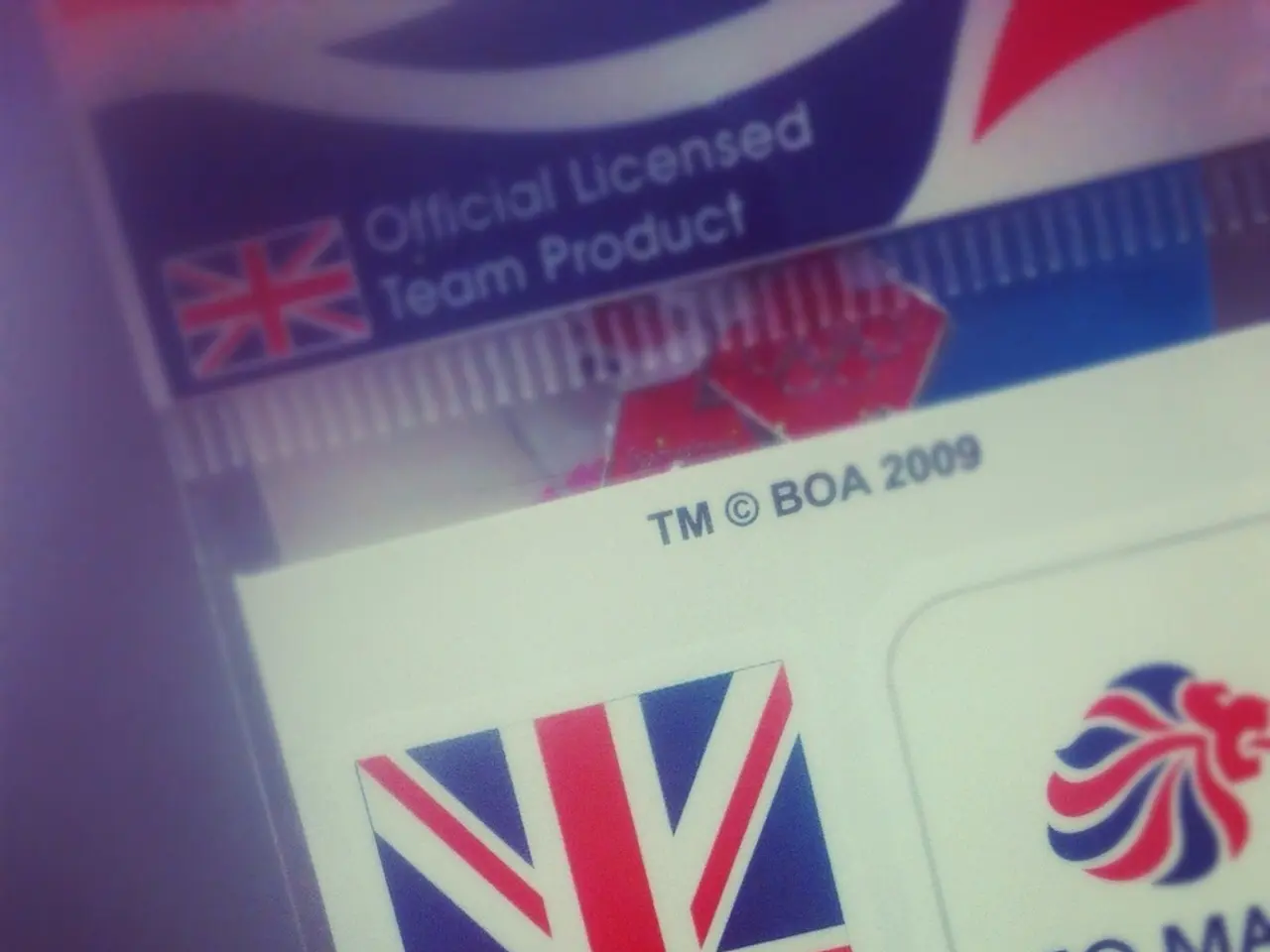Kinder Morgan's Progress Towards Achieving Its 2020 Dividend Objective, Yet Falls Short of the Mark
In the dynamic world of energy, Kinder Morgan (KMI) has been making headlines for its shift in dividend policy. The company, once known for its ambitious growth goals, has been adopting a more conservative approach, prioritising financial stability over aggressive dividend increases.
Back in 2015, the energy sector was in a downturn, and Kinder Morgan found itself under financial pressure due to high leverage and the need to issue equity to fund large expansion projects. This period saw a significant cut in Kinder Morgan's dividend by 75%, slashing it from $0.51 to $0.125 per share[1].
Since then, Kinder Morgan has embarked on a path of financial restructuring. The company has implemented a self-funding model, scaled down growth ambitions, reduced debt, and improved its credit rating[1]. As a result, the company's distributable cash flow covered its 2022 dividend nearly two times, and if Kinder Morgan had paid the promised $0.3125 per share in 2020, the 2022 coverage ratio would have been 1.75[2].
Despite these improvements, Kinder Morgan's 2020 dividend goal was not met. The company increased the dividend by 5% instead of the promised 25%, a shortfall that has raised concerns among conservative investors[3]. The quarterly dividend ended 2022 at $0.2775 per share[2].
For investors seeking reliable dividend income, particularly in the midstream sector, alternatives may be more attractive. Companies with strong credit profiles, self-funding business models, and stable dividend track records could offer better long-term dividend reliability than growth-focused firms like Kinder Morgan[1][2][3].
Analysts often point to top-tier midstream companies with long dividend streaks, low to moderate leverage ratios, stable fee-based or volume-guaranteed cash flows, and a focus on dividend stability over rapid expansion[4]. Examples of such companies include Enterprise Products Partners (EPD), Magellan Midstream Partners (MMP), and ONEOK[4].
However, it's essential to verify current dividend safety for each of these companies individually. For those looking to live off the dividend income their portfolios generate, the ongoing inability of Kinder Morgan to live up to its promises might be a concern[3].
In conclusion, Kinder Morgan's shift in strategy from aggressive growth to financial stability is a response to its past financial challenges. While the company has shown improvement in its distributable cash flow, its inability to meet its 2020 dividend goal has raised concerns among conservative investors. For those seeking reliable dividend income in the midstream sector, focusing on companies with strong credit profiles, self-funding business models, and stable dividend track records may provide a more secure investment[1][2][3].
References: [1] Yahoo Finance. (n.d.). Kinder Morgan Inc. Key Statistics. Retrieved from https://finance.yahoo.com/quote/KMI/key-statistics?p=KMI [2] S&P Global Market Intelligence. (n.d.). Kinder Morgan Inc. Dividend History. Retrieved from https://www.spglobal.com/marketintelligence/en/market-insights/dividends/dividend-history/KMI-06092020 [3] Seeking Alpha. (2021, August 30). Kinder Morgan's Dividend: A Conservative Approach. Retrieved from https://seekingalpha.com/article/4464969-kinder-morgans-dividend-a-conservative-approach [4] Simply Wall St. (n.d.). Kinder Morgan Inc: A Safe Dividend Stock with a 4.3% Yield. Retrieved from https://www.simplywallst.com/us/stocks/news/KMI/kinder-morgans-dividend-stock-a-safe-yield-with-a-4-3-yield/
In the energy sector, Kinder Morgan's shift towards financial stability over aggressive growth has been under scrutiny, particularly by conservative investors. The company's self-funding business model and efforts to reduce debt have improved its financial standing, with its distributable cash flow covering the 2022 dividend nearly two times. However, the failure to meet the promised 2020 dividend goal has raised concerns, prompting some investors to seek alternatives in the midstream industry. Companies with strong credit profiles, self-funding business models, and reliable dividend track records, such as Enterprise Products Partners (EPD), Magellan Midstream Partners (MMP), and ONEOK, are often considered more attractive for reliable dividend income.




